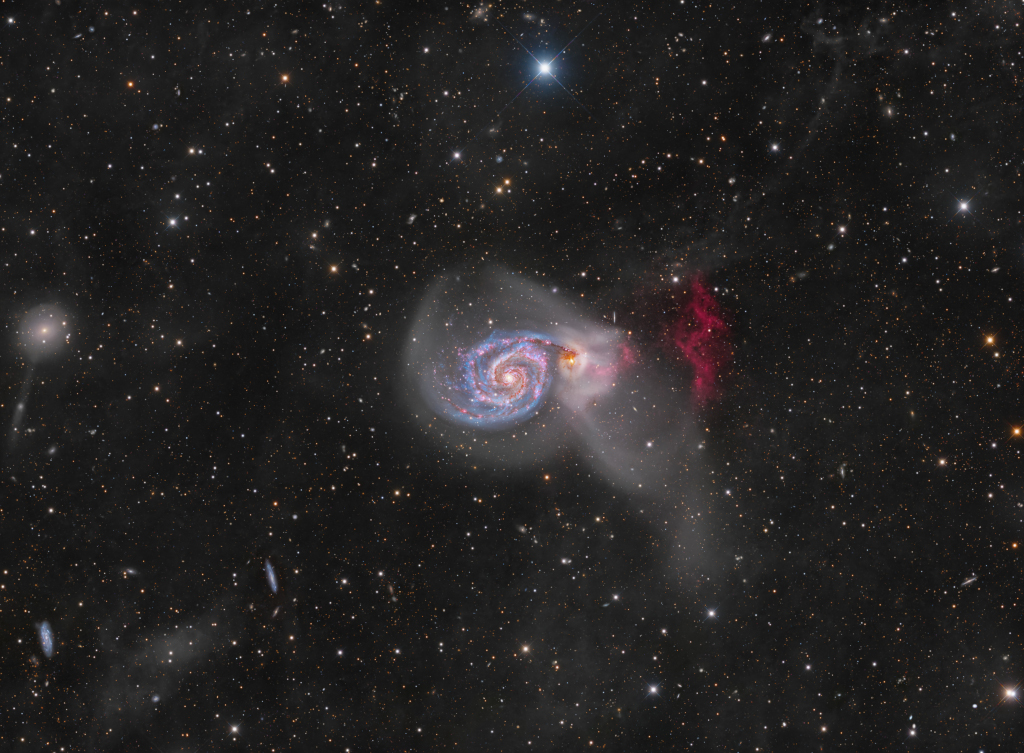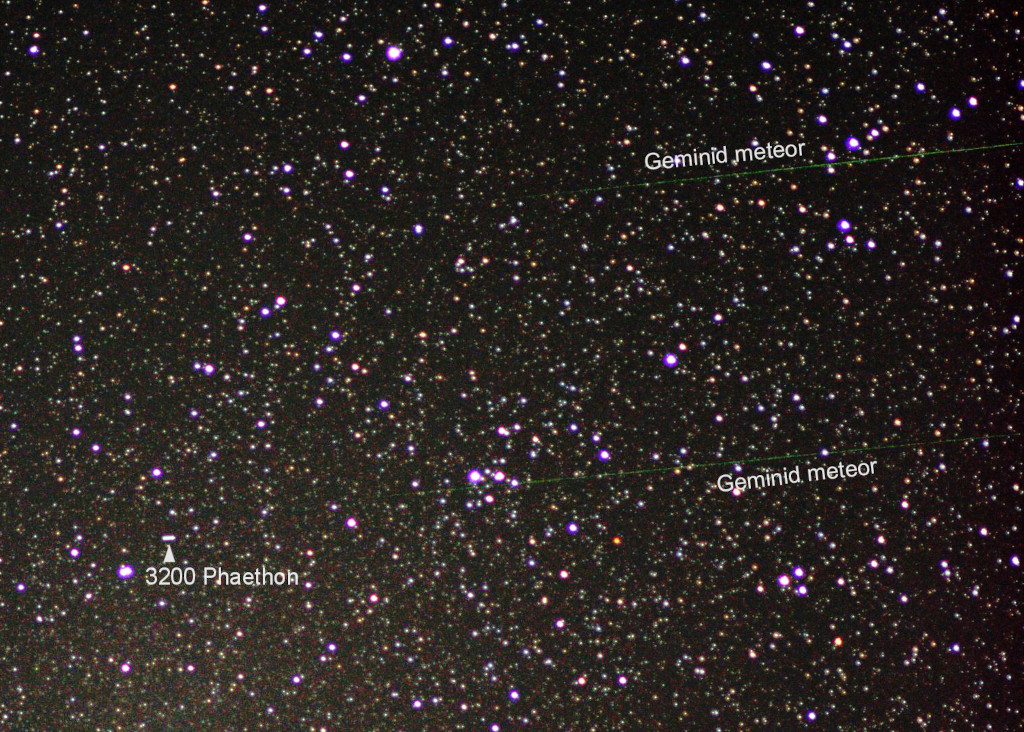Nombre total de pages vues
14/12/2024
ASTRONOMIE - Les plus beaux astres de la Voie Lactée - Encelade : satellite de Saturne
ASTRONOMY - Apollo 17's Moonship
2024 December 14
Image Credit: Apollo 17, NASA, (Image Reprocessing: Andy Saunders)
Explanation: Awkward and angular looking, Apollo 17's lunar module Challenger was designed for flight in the near vacuum of space. Digitally enhanced and reprocessed, this picture taken from Apollo 17's command module America shows Challenger's ascent stage in lunar orbit. Small reaction control thrusters are at the sides of the moonship with the bell of the ascent rocket engine underneath. The hatch allowing access to the lunar surface is seen at the front, with a round radar antenna at the top. Mission commander Gene Cernan is clearly visible through the triangular window. This spaceship performed gracefully, landing on the Moon and returning the Apollo astronauts to the orbiting command module in December of 1972. So where is Challenger now? Its descent stage remains at the Apollo 17 landing site in the Taurus-Littrow valley. The ascent stage pictured was intentionally crashed nearby after being jettisoned from the command module prior to the astronauts' return to planet Earth.
13/12/2024
SANTé/MEDECINE - Les effets terrifiants du stress - Effets sur le système immunitaire
ASTRONOMIE - Les plus beaux astres de la Voie lactée - Mars terraformée
ASTRONOMY - M51: Tidal Streams and H-alpha Cliffs
Image Credit & Copyright: The Deep Sky Collective - Tim Schaeffer,
Carl Björk, Steeve Body, Fabian Neyer, Aki Jain, Ryan Wierckx, Paul Kent, Brian Valente, Antoine & Dalia Grelin,
Nicolas Puig, Stephen Guberski, Mike Hamende, Julian Shapiro, John Dziuba, Mikhail Vasilev, Bogdan Borz, Adrien Keijzer
Explanation: An intriguing pair of interacting galaxies, M51 is the 51st entry in Charles Messier's famous catalog. Perhaps the original spiral nebula, the large galaxy with whirlpool-like spiral structure seen nearly face-on is also cataloged as NGC 5194. Its spiral arms and dust lanes sweep in front of its smaller companion galaxy, NGC 5195. Some 31 million light-years distant, within the boundaries of the well-trained constellation Canes Venatici, M51 looks faint and fuzzy to the eye in direct telescopic views. But this remarkably deep image shows off stunning details of the galaxy pair's striking colors and fainter tidal streams. The image includes extensive narrowband data to highlight a vast reddish cloud of ionized hydrogen gas recently discovered in the M51 system and known to some as the H-alpha cliffs. Foreground dust clouds in the Milky Way and distant background galaxies are captured in the wide-field view. A continuing collaboration of astro-imagers using telescopes on planet Earth assembled over 3 weeks of exposure time to create this evolving portrait of M51.
12/12/2024
ASTRONOMIE - Jupiter : Une planète passionnante et facile à repérer
SANTé/MEDECINE - Les effets terrifiants du stress - Effets sur la sexualité et le système reproducteur
ASTRONOMIE - Les plus beaux astres de la Voie Lactée - Mars vue par la sonde spatiale Viking 1
ASTRONOMY - Phaethon's Brood
2024 December 12
Image Credit & Copyright: Mikiya Sato (Nippon Meteor Society)
Explanation: Based on its well-measured orbit, 3200 Phaethon (sounds like FAY-eh-thon) is recognized as the source of the meteoroid stream responsible for the annual Geminid meteor shower. Even though most meteor shower parents are comets, 3200 Phaethon is a known and closely tracked near-Earth asteroid with a 1.4 year orbital period. Rocky and sun-baked, its perihelion or closest approach to the Sun is well within the orbit of innermost planet Mercury. In this telescopic field of view, the asteroid's rapid motion against faint background stars of the heroic constellation Perseus left a short trail during the two minute total exposure time. The (faint) parallel streaks of its meteoric children flashed much more quickly across the scene. The family portrait was recorded near the Geminid meteor shower's very active peak on 2017 December 13. That was just three days before 3200 Phaethon's historic close approach to planet Earth. This year, the night of December 13 should again see the peak of the Geminid meteor shower, but faint meteors will be washed out by the bright light of the nearly full moon.
11/12/2024
ASTRONOMIE - Les plus beaux astres de la Voie lactée - GJ 436b
ASTRONOMY - STEVE: A Glowing River over France
2024 October 28 STEVE: A Glowing River over France Credit & Copyright: Louis LEROUX-GÉRÉ Explanation: Sometimes a river of hot gas flo...

-
2022 September 26 All the Water on Planet Earth Illustration Credit: Jack Cook, Adam Nieman, Woods Hole Oceanographic Institution ; Data ...
-
2021 August 11 Mammatus Clouds over Saskatchewan Image Credit & Copyright: Michael F Johnston Explanation: When do cloud bottoms appe...









